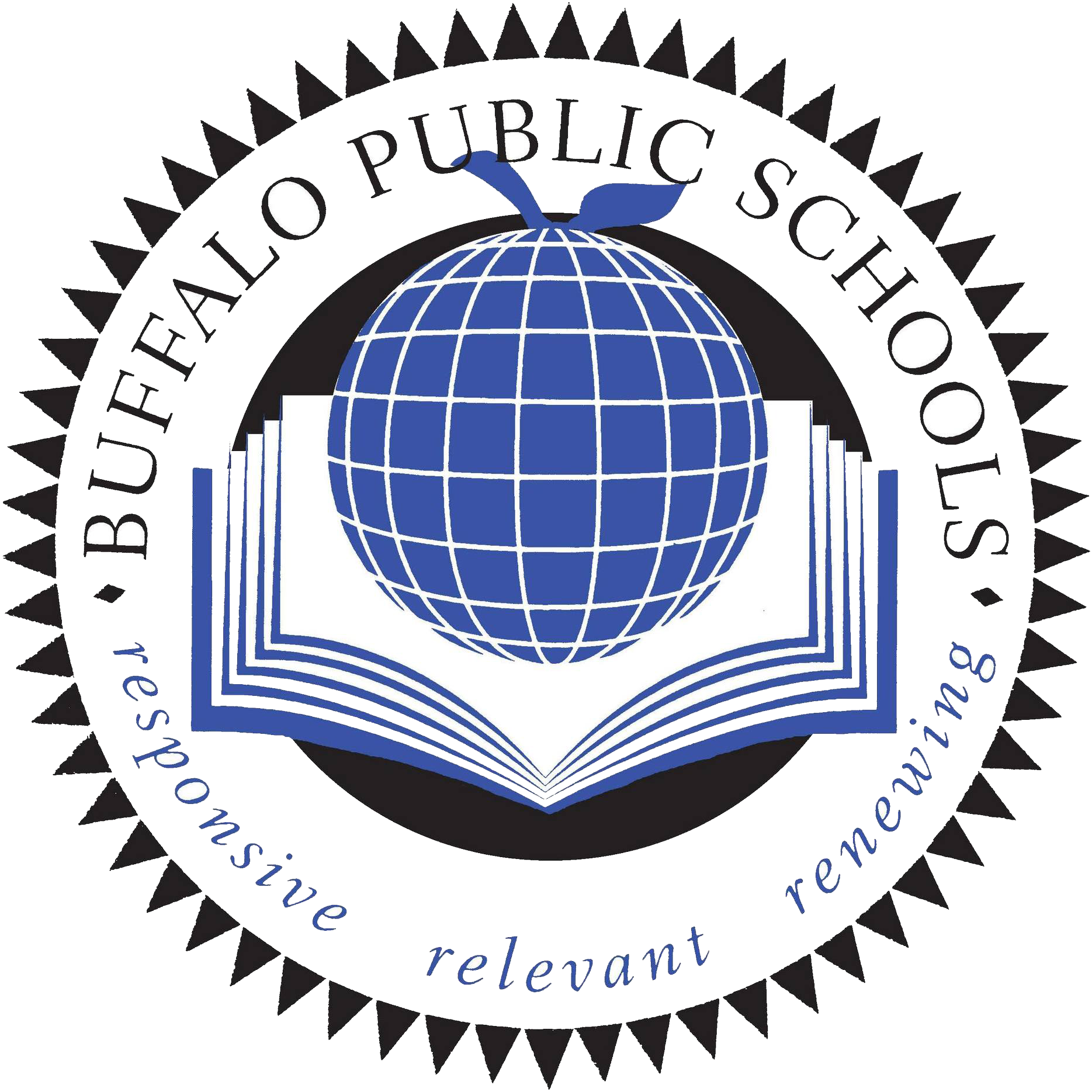World Languages
World Language instruction is guided by New York State learnings standards. These learning standards have two primary dimensions. Content standards describe what students should know, understand and be able to do. Performance standards define levels of student achievement pertaining to content.
To graduate, students must earn at least one unit of credit to complete the World Language requirement for a Regents diploma. Students choosing a World Language sequence to meet the Advanced Designation requirements shall earn two additional units of credit World Languages for a total of three units and pass the locally developed Comprehensive examination in that language. Students identified as having a disability may be excused from the World Language credit requirement if so, indicated on their Individual Education Program (IEP) but must still earn 22 units of credit to graduate.
Additionally, a World Languages Pathway (4+1) is available to all students who successfully complete Level I, II and III and pass the state approved Checkpoint B examination in the language of study. Upon successful completion of Level, I, II, II and IV, students may opt to earn a New York State Seal of Biliteracy. Students wishing to do so must complete all requirements for graduating with a NYS Regents diploma and meet select criteria for demonstrating proficiency in English and a world language. The New York State Seal of Biliteracy (NYSSB) recognizes high school graduates who have attained a high level of proficiency in listening, speaking, reading, and writing in one or more languages, in addition to English. The intent of the NYSSB is to encourage the study of languages; identify high school graduates with language and biliteracy skills for employers; provide universities with additional information about applicants seeking admission; prepare students with twenty-first century skills; recognize the value of foreign and native language instruction in schools; and affirm the value of diversity in a multilingual society.
Please note:
Some classes are unique to a particular program or school.
Not every class is offered at every school.
Course offerings may change yearly based on student course requests and other factors.
